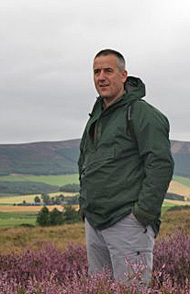The main study area for the Joint Raptor Study (1992-1997) was Langholm moor. The study measured the scale of raptor (bird of prey) predation on grouse and worked out the likely effect this would have on shooting and subsequent breeding stocks of grouse.
Historically:
- From 1948 to 1988, there was a 48% reduction in heather cover, which resulted in a long term decline in grouse bags of 3% per annum post World War II.
During the course of the Joint Raptor Study:
- The changes in grouse bags at Langholm during 1992-96 could not be explained by changes in habitat or population cycles.
- Raptor predation at Langholm reduced autumn grouse abundance by 50%, leading to the cessation of driven grouse shooting.
- Since they were based on 1995 data, the calculations in the report are likely to have underestimated the total raptor impact compared to subsequent years when raptor numbers were higher.
- The unprecedented build-up in harrier numbers at Langholm was probably a consequence of complete raptor protection, the grass/heather mix, the stage in the vole cycle and possibly the control of other predators (although this was not looked at explicitly in this study).
- Any moor with similar characteristics to Langholm may suffer the same fate; however, some of the factors above might be manipulated through habitat management to reduce this effect.
- The cyclic nature of grouse bags means that most Langholm-like moors will be vulnerable during low points in the grouse cycle.
- The link between heather cover, pipits and harrier settling density suggests that not all moors are necessarily like Langholm.
|

